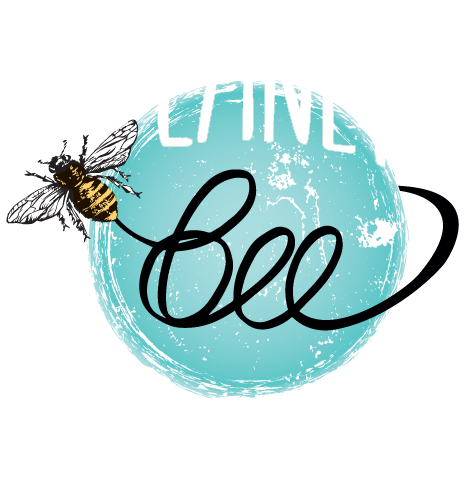
UNIT 4: FRUITS OF THE PLANT CYCLE
Seeds of the Future: Saving, Sowing, and Growing
Unit Connections within Curriculum:
Building on earlier lessons about pollinators, plant life cycles, and sustainability, this unit shows how seed saving helps maintain plant diversity and resilience. Students will connect the cycles of plant growth and reproduction to sustainable agricultural practices and the importance of preserving indigenous traditional knowledge and heirloom plants to support biodiversity and food security.
Lesson 7: Plant Life Cycle
Learning Goal:
To explore the plant life cycle by looking at what seeds need to grow into healthy plants and how they produce new seeds to start the cycle again.
Essential Questions:
What are the main parts of a seed and what are their functions?
What are the four stages of a plant’s life cycle?
What is the role of pollinators in a plant’s life cycle?
Learning Outcomes:
This unit builds on prior knowledge of ecosystems and pollination, helping students understand how plants grow and reproduce.
Describe the similarities and differences between angiosperms and gymnosperms.
List the parts of a seed and explain their functions in plant development.
Describe the four stages of a plant’s life cycle: germination, growth, reproduction, and seed production.
Explain the role of photosynthesis in plant growth and energy production.
Describe how pollinators contribute to the plant life cycle by aiding in reproduction.
Key Vocabulary:
Composite flower, angiosperms, gymnosperms, seed coat, embryo, cotyledon, germination, seedling, sprouting, mature plant, flowering, fruiting, photosynthesis, glucose, chlorophyll, reproduce
Standards:
NGSS: 3-LS1-1, 3-LS1-1, 4-LS1-1, 5-LS1-1, 3-LS4-3, 3-LS4-3, 5-LS2-1
CCSS: SL.3.2, SL.4.2, SL.5.2, SL.3.4, SL.4.4, SL.5.4
Lesson 8: Seed Saving: Connecting Heritage and Sustainability
Learning Goal:
To explore the magic of seed saving by learning about how it’s done and its importance for humans and other life on Earth, including pollinators.
Essential Questions:
What is the cultural significance of seed saving for indigenous peoples?
Why is plant diversity important for combating climate change?
What are heirloom plants, and how can they reinforce sustainability and food sovereignty?
Learning Outcomes:
This lesson builds on the plant life cycle and pollination lessons, deepening students’ understanding of sustainability and climate resilience.
Describe what an heirloom plant/seed is and explain its benefits for sustainability and food sovereignty.
Explain the cultural significance of seed saving for indigenous peoples, providing examples of practices.
Describe the connection between plant diversity and climate change, and explain how diverse plant varieties can help combat climate challenges.
Key Vocabulary:
Indigenous, seed saving, climate change, traits, heirloom, resilient, varieties, sustainability, sustainable, fermenting, threshing, winnowing, Traditional Knowledge (TEK), food sovereignty, drought
Standards:
NGSS: 3-LS1-1, 3-LS4-2, 4-LS1-1, 5-LS2-1
CCSS: SL.3.2, SL.4.2, SL.5.2, SL.3.4, SL.4.4, SL.5.4

